Does Drywall Affect WiFi? Basic TECHNIQUES to Prevent
Oh, it isn’t a good doubt, right? While I take my Lap to another room, I feel like there is a signal drop. How many of you also noticed the WiFi drop? Does Drywall Affect WiFi?
Drywall can indeed have an impact on WiFi signals. While it doesn’t actively block WiFi, it acts as a subtle barrier and attenuates the signal as it passes through. Thicker and denser drywall exacerbates this effect, potentially leading to weaker connections.
Wondering how to conquer the challenges posed by drywall and boost your WiFi signal? This comprehensive blog post serves as your trusted roadmap to practical solutions that can revolutionize your connectivity experience.
Delve into real-world case studies and uncover the strategic approaches that guarantee a robust and dependable WiFi signal, even within dry-walled spaces. Bid farewell to signal frustrations and plunge into the invaluable solutions that lie ahead in the upcoming sections of this informative post.
1 The Impact of Drywall on WiFi Signals
Before we dive into the practical solutions and case studies, it’s crucial to understand the intricate relationship between drywall and WiFi signals. While drywall doesn’t actively thwart WiFi, it subtly influences its behavior.
Drywall acts as a barrier, partially obstructing the signal’s path, leading to weaker connections. Moreover, it attenuates the signal as it passes through, with thicker and denser drywall exacerbating the issue.
This prelude sets the stage for our journey to conquer the challenges posed by drywall. With strategic insights and a clear understanding of the dynamics at play, we are well-equipped to embark on the quest for a stronger, more reliable WiFi signal in dry-walled spaces.
Drywall as a Barrier to WiFi Signals
Drywall, the ubiquitous building material that forms the foundation of our interior spaces, harbors an intricate relationship with WiFi signals.
It’s essential to clarify that drywall does not actively obstruct WiFi signals; rather, it functions as a subtle barrier, intermittently influencing the signal’s trajectory. The outcome often manifests as diminished signal strength within spaces delineated by drywall partitions.
Attenuation of WiFi Signals by Drywall
Within the context of WiFi signal transmission, drywall serves as a medium through which the signal traverses. However, it is vital to recognize that this medium is not entirely transparent to electromagnetic waves.
Instead, it attenuates the signal – a process that entails a gradual loss of signal strength as it traverses the drywall barrier. The implications of this attenuation become more pronounced with thicker and denser drywall structures.
The Significance of Thickness and Density
It is paramount to appreciate that the thickness and density of the drywall wield substantial influence over the extent of WiFi signal attenuation. Greater thickness and density amplify the attenuation effect, thereby exacerbating signal degradation. Consequently, areas enclosed by extra-thick or denser drywall compositions are predisposed to experiencing more pronounced WiFi signal diminishment.
In our quest for an unwavering WiFi connection, understanding the dynamic interaction between drywall and WiFi signals is the initial stride.
With this knowledge, I am better equipped to explore remedies and enhancements. In the subsequent sections, I shall elucidate strategic maneuvers that empower individuals to transcend these challenges and usher in an era of impeccable connectivity.
2 Testing WiFi Signal Strength in Drywalled Spaces

To achieve the best WiFi performance in my dry-walled surroundings, I always rely on empirical data as my guiding light. To truly understand how drywall impacts my WiFi signal, I find it essential to conduct a thorough assessment of signal strength systematically.
I don’t like making assumptions; instead, I measure and analyze my WiFi performance meticulously. A real-time test would definitely give the best results.
My ultimate aim is to ensure I have a reliable and efficient WiFi connection, even when dealing with spaces enclosed by drywall. I want to make sure I get the most out of my WiFi, regardless of the obstacles in my way.
Position Yourself Strategically
Begin by positioning yourself within the room of concern. Hold your device—preferably a smartphone—with a WiFi signal strength app, the beacon of your investigation.
Initial Measurement
Capture the initial signal strength reading while stationed within the dry-walled space. Observe the numerical indicator that quantifies signal strength.
Transition to an area devoid of drywall obstructions, ideally in close proximity to your router. Take a second signal strength measurement here.
Interpret the Results
Compare the two measurements. A discernible disparity between the signal strengths in the drywalled space and the unobstructed area will shed light on the extent of the drywall’s influence.
This data-driven approach empowers you to comprehend the tangible impact of drywall on your WiFi signal, forming the foundation for informed decisions in optimizing your connectivity.
3 Strategies to Improve WiFi Signals Through Drywall
In the intricate dance between drywall and WiFi signals, proactive strategies are our instruments of harmony. To transcend the challenges posed by drywall, one must embark on a strategic journey to amplify WiFi signal strength while maintaining a professional and friendly demeanor.
Best Router Placement
The cornerstone of robust WiFi performance within dry-walled spaces lies in the art of router placement. Strategically position your router in a central location within your abode or workplace. A pivotal objective is to minimize the signal’s traversal through dense drywall barriers.
Avoiding proximity to thick walls or interference-prone appliances is paramount. Elevating the router to a raised platform can also mitigate signal obstructions, further fortifying your connectivity.
Harness the Power of WiFi Extenders and Mesh Systems
In the arsenal of WiFi signal enhancement, WiFi extenders and mesh systems emerge as formidable allies. These technological marvels are designed to rectify the shortcomings posed by drywall.
By strategically deploying these devices, you can effectively extend your WiFi signal’s reach and eliminate the dreaded dead zones that often plague dry-walled environments. They function as signal boosters, ensuring a seamless and consistent connection in every corner of your space.
Upgrade to a High-Performance Router
The pursuit of WiFi excellence through drywall often necessitates an equipment upgrade. Outdated routers may struggle to cope with the challenges posed by modern construction materials.
Upgrading to a high-performance router equipped with the latest technological advancements is an astute investment. These routers are designed to optimize signal propagation and provide a robust connection even in the presence of drywall barriers.
Fine-Tune Router Settings
Delving into your router’s settings can unlock hidden potential. Experiment with different channels and frequencies to discover the optimal configuration for your unique environment.
Prioritizing Quality of Service (QoS) settings can ensure that critical tasks receive precedence over less time-sensitive activities, further enhancing your WiFi experience.
In the intricate world of WiFi connectivity, the drywall is a formidable opponent, but not an insurmountable one. Armed with strategic wisdom, a friendly resolve, and a professional approach, you can transform your dry-walled space into a sanctuary of uninterrupted connectivity.
Real-World Examples and Case Studies
The journey to optimizing WiFi signal strength in dry-walled environments is often illuminated by real-world case studies. These practical illustrations showcase the effectiveness of strategies and offer valuable insights into overcoming common challenges.
Case Study 1: Improving WiFi in a Drywalled Office
In a bustling office space nestled in the heart of Bangalore, our client, a digital marketing agency, faced a relentless struggle with WiFi connectivity issues. The culprit? The omnipresent drywall. The team reported sluggish internet speeds and frustrating dropouts, impacting their productivity and client interactions.
Solution: I commenced by strategically relocating the office’s router to a central position, minimizing signal obstruction by drywall partitions. Additionally, I deployed WiFi extenders strategically throughout the office to ensure comprehensive coverage.
The result was a remarkable transformation – employees experienced consistent, high-speed connectivity, boosting their productivity and client satisfaction.
Case Study 2: Enhancing WiFi in Residential Homes with Drywall
Across various residential homes in Bangalore, homeowners encountered the common dilemma of drywall-induced WiFi signal attenuation. Buffering during video calls, slow downloads, and dead zones were recurrent issues.
Solution: I recommended router upgrades to modern, high-performance models with enhanced signal propagation capabilities. By fine-tuning router settings, I optimized the WiFi environment, delivering reliable connectivity.
Additionally, in my larger room, I introduced mesh systems, banishing dead zones and ensuring uninterrupted connectivity in every room.
In both case studies, the strategic approach, informed by an understanding of drywall’s influence, bore fruit in the form of improved WiFi performance.
Conclusion
In the realm of WiFi connectivity, the impact of drywall is a challenge that many face, but it’s one that can be surmounted with the right knowledge and strategies.
As we wrap up our exploration of this intricate relationship, let’s recap our key takeaways and provide you with actionable tips to maximize WiFi performance within dry-walled spaces.
Recap of the Relationship Between Drywall and WiFi
Throughout our journey, we’ve discovered that drywall, while not actively obstructing WiFi signals, can act as a subtle barrier, attenuating signal strength as it passes through.
The thickness and density of drywall are critical factors, with thicker and denser materials exacerbating signal degradation. Understanding these dynamics empowers us to address the issue effectively.
Tips for Maximizing WiFi Performance in Drywalled Spaces
- Strategic Router Placement: Position your router centrally, away from thick walls or interference-prone appliances to minimize signal obstruction.
- Leverage WiFi Extenders and Mesh Systems: These devices can extend your WiFi signal reach, banishing dead zones and ensuring seamless connectivity.
- Upgrade to a High-Performance Router: Modern routers equipped with advanced features are key to optimal signal propagation in dry-walled environments.
- Fine-Tune Router Settings: Experiment with channels and frequencies to find the best configuration for your space. Prioritize critical tasks with Quality of Service (QoS) settings.
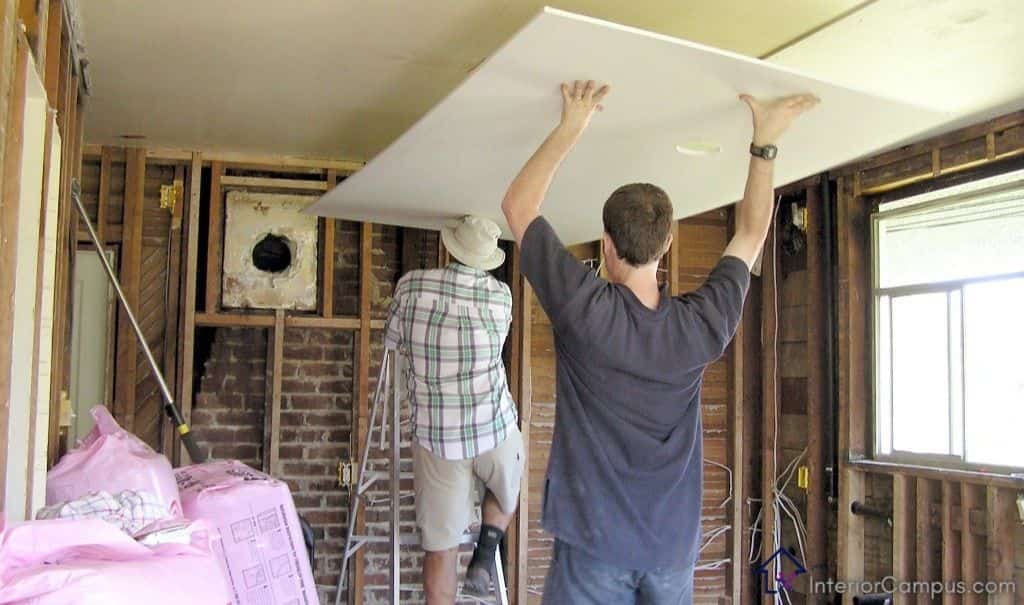
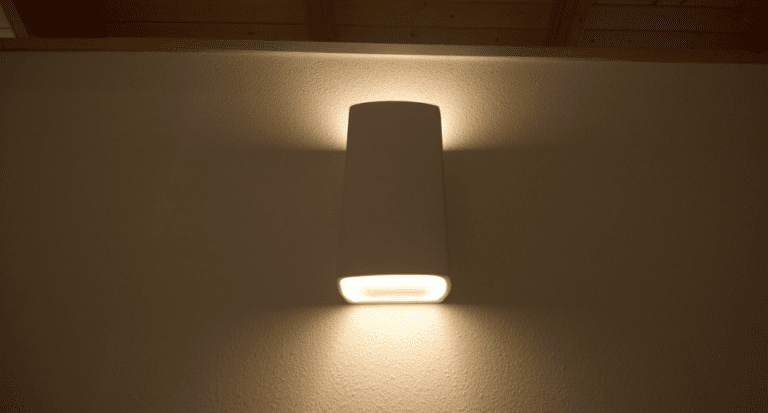
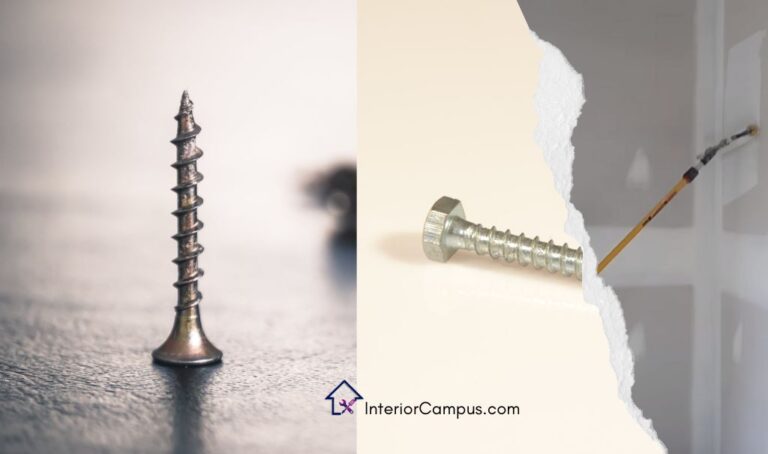
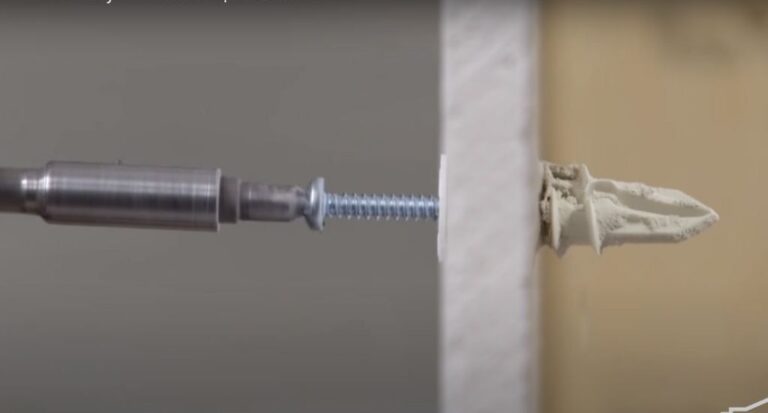
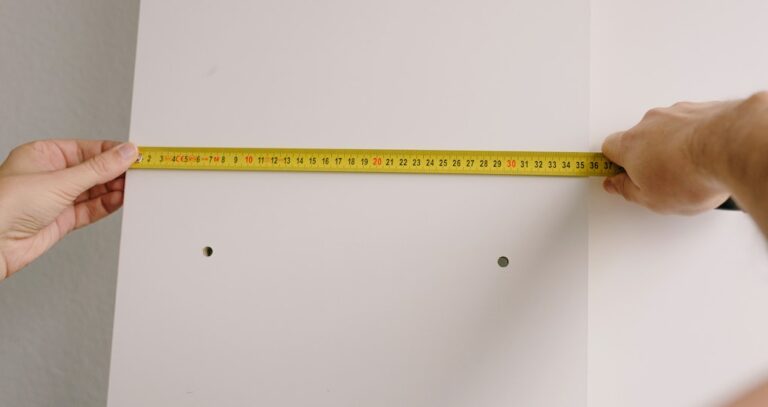

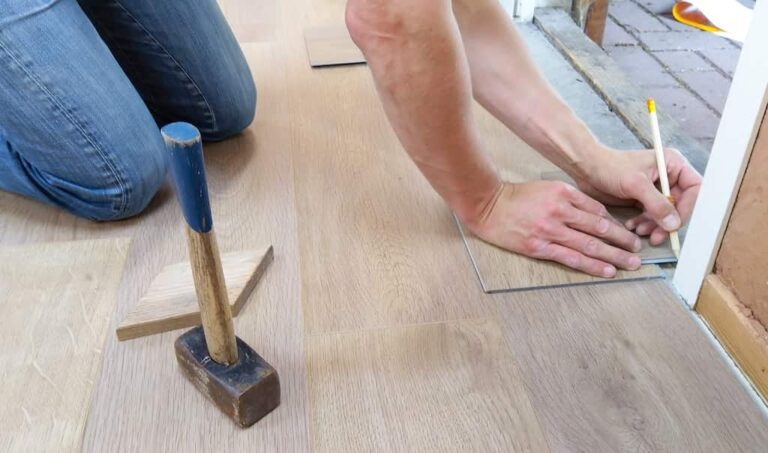
One Comment